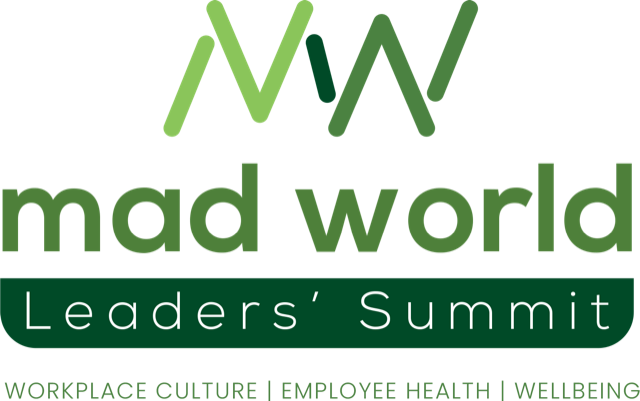Today is Employee Appreciation Day, so a good time to ask yourself: when is the last time you thanked a colleague for a job well done? Or the last time you were thanked?
Appreciation is a seemingly small thing, but research shows that the impact on mental health, resilience and general wellbeing can be huge.
What do the stats on employee appreciation actually say?
- Burnout is 87% less likely when a culture of appreciation exists
- There’s a 29% increase in the feeling of work/life balance
- And a 33% increase in a sense of belonging
- And a 27% increase in overall self-rated health
These stats all come from employee recognition platform O.C Tanner’s recently published Global Culture Report, which is based on data and insights gathered from 38,075 workers from 27 countries including 4,896 from the U.K.
What employers say about using employee recognition
A raft of other research shows employee appreciation can reduce anxiety, depression and emotional exhaustion and can increase engagement (buffer against stress), job satisfaction, resilience and psychological safety.
But, perhaps more powerful than research, is hearing from employers for which Employee Recognition is having a tangible impact on their business. Like jewellery retailer Monica Vinader, which took on Perkbox during the Covid pandemic as a way to foster connection between employees at an isolating time.
The impact exceeded the expectations of Louise Sparkes, Head of People & Culture, Monica Vinader, who hired Perkbox.
“Employees feel like they belong, they feel like their work matters, and that they’ve made a difference,” she says. “It’s really important for all of us that we feel like when we come to work and do our job, someone took notice of that and cared that we, particularly, were there doing that.”
It was especially important to find ways to do this for those employees working at the coalface of retail where, she says, “it can be easy to feel like you are this little island that operates in a store, and nobody else sees what you do and how you interact”.
“Getting the thank you from the manager, or colleague, gives them a boost. Especially because, not only did someone say thanks, but they said in front of other people,” she says.
44% feel ‘invisible’
While employee recognition is reportedly on the rise (it happens in 54% of UK organisations now, also according to OC Tanner’s report) there are still many workers feeling regularly unappreciated. According to research from employee recognition software firm Workhuman, for example, 44% of employees feel ‘invisible’ at work with their contributions going unnoticed, or ignored by their employer.
Sophisticated technology systems, like O.C Tanner’s, Perkbox’s and Workhuman’s, increasingly integrated with AI, are making it easier for employers to recognise their employees, and in a more strategic way, too. Recognition programmes can be aligned with wellbeing strategies and are even, done well, able to influence culture in line with a company’s desired values.
In an AI world, we need to remain human
But there is a danger in a working world, which is getting increasingly robotic, that we automate the inherently human act of seeing, acknowledging and thanking another human for their positive impact on us.
Additionally, because the jobscape is changing so much, primarily due to AI and the creation of new jobs (while old jobs become obsolete), the human touch is becoming more important than ever.
O.C Tanner Strategist Stuart Cheesman explains:
“Our businesses are changing at a far greater rate than ever before and this means asking our employees to change at a far greater rate. That means upskilling and transitioning into different jobs. Businesses are under a lot of pressure. They’re having to restructure. Respond to increasing customer demands. Face supply chain issues to keep up with the pace. I worry that, in all this change, employers are thinking too much about ‘how do we get there?’ and not enough about ‘how do we take our employees with us?’ We seem to be forgetting a bit of the humanity.”
Recognition restores humanity at work
‘Forgetting the humanity’ is what leads to burnout, mental health issues and, ultimately staff leaving; meaning the thousands of pounds an employer has spent on recruiting and training is essentially wasted.
Recognition is a way of putting the humanity back into the pressurised work system. Of course Cheesman would say this; he works for a recognition solutions company.
However, while it’s true that he is selling an employee recognition platform, he stresses the importance of not losing sight of the human, while using this technology:
“As employers, we’ve lost empathy. We need to practice empathy more. We need to be more empathetic to our employees’ situation. We need to understand our teams more. And that comes with a simple thank you.”
Keep the authenticity too
But the way that we say thank you can’t just be a touch of a button with an automated AI-written message from colleague to colleague. That way lacks authenticity, which is what makes recognition powerful.
“So we decided that in our solution you can’t just press a button because there needs to be that air of personalisation,” says Cheesman.
“Recognition needs to feel personal—human to human. AI can assist, like with tools such as Recognition Coach, which helps employees develop stronger recognition habits through real-time coaching. But ultimately, it’s still the person who writes the message and makes it meaningful. That’s why I believe recognition will be even more important in the future when AI takes over so many tasks. The one thing it can’t do is be human.”
Sparkes agrees:
“There are certain things that make our lives easier if we can hand them over to the robots but there are also things that I just don’t think that automation or a robot can replace about being human [like saying thank you]. And I think we have to then lean into those human acts more.”
Recognition increases engagement
Cheesman describes the act of saying thank you as “an engagement practice”. If an employee is going through a job transition, for example, a leader can use recognition as a way to show they see them, understand them and support them because they are valued in the organisation.
“This builds trust as well as staff engagement,” he says.
Workhuman’s Senior Principal, Consulting, Clare Moncrieff, agrees that “the human way” is crucial in recognition. Its research shows that recognition done authentically can make employees feel much more connected to their colleagues.
Recognition makes work more manageable
“They’re also more likely to feel their workload is manageable and their work is meaningful,” she says.
“That doesn’t necessarily mean that their workload is less work; it may mean that they feel like their colleagues are around to help them and they’ve got people they can reach out to, and they feel a sense of belonging at work.”
Stats bear this out.
- 54% of unappreciated employees felt the amount of stress they deal with at work is more than they can handle (compared to 13% of appreciated workers), according to Psych Test
- 81% of unappreciated employees felt trapped in their job (compared to 20% of appreciated workers), according to Forbes
- 58% of unappreciated employees said the thought of going to work makes them feel physically ill (compared to 18% of appreciated workers), also according to Psych Test
All humans crave recognition
Essentially, appreciation changes the way that employees feel about their workload.
As Edel Brittle, Head of Marketing Communications at employee benefits platform The Perkbox Vivup Group, says, the effect of being seen and recognised cannot be underestimated as it’s something all humans crave, no matter their age or level of responsibility:
“I’ve been in this business a long time but when I get an app notification on my phone thanking me for good work, I’m like a child. I’ve been recognised. And there’s something powerful about that. I think we all want to feel like that, don’t we?”
Giver and receiver benefit
It’s not just the receiver of the recognition that benefits wellbeing-wise, either. Workhuman’s statistics show that the person giving the feedback also “feels a significant benefit”, says Moncrieff.
While something as simple as saying thank you might not seem ‘big’ enough to take on the challenging task of ‘cultural change’, there’s much compelling evidence that it can.
“A thank you can actually go a huge way in getting into culture and embedding values, especially if you start from the leadership team,” says Brittle.
Recognition can act as a reinforcement mechanism for desired behaviours. Consolidating certain values also helps to create a more preventative wellbeing culture, too, because you are making clear the positive behaviours you want and, by inference, reducing the toxic behaviours you don’t want.
Recognition can drive culture
“We do this with Starbucks,” says Cheesman. “Recognition is a great way of saying ‘we are recognising you for showing this corporate value’, which could be something like innovation or team work, which is a much more effective, active way than putting a poster up about company values, say.”
As Moncrieff says, culture actually boils down to a very simple concept of “the way we do things around here”. Increasingly, too, with many organisations now embracing an employee’s ‘whole self’ at work, recognition includes personal landmarks as well. This can be birthdays or a sporting achievement, for example, but recognising these helps to create more of a sense of community and, therefore, belonging.
“When a colleague understands the human challenges another employee is facing outside of work, or the human celebrations, they know each other better as people and that contributes to a sense of connection and community,” says Moncrieff.
Recognition is not a puppy
But this can’t just be done on birthdays or Christmas or on Employee Appreciation Day (which is, incidentally, today the 7th March).
Like all wellbeing strategy, it has to be consistently embedded. It also needs to be inclusive, with everyone able to give and receive recognition, not just a select few or during an exclusive time period. All providers attest that many small moments of recognition over a consistent period are far more effective in terms of employee engagement than one big thank you, or awards ceremony, at the end of the year.
“You need to do it regularly. It’s like setting up a habit,” says Brittle.
At her company, there are regular moments that have been created to remind people about recognition on a weekly basis. For instance, the CEO sends out a bulletin every Monday that will always mention it. Similarly, within her own team, every Wednesday they all carry out an act of recognition. She suggests, too, getting into the routine of sending recognition if you’ve got a few extra minutes, like waiting for a meeting to start, rather than doom scrolling social media.
This is a point she tries to hammer home more than any other with employers wanting to harness the many powerful benefits of recognition.
As she says:
“Recognition is like a puppy, it’s not just for Christmas, it’s for life!”
You might also like:












